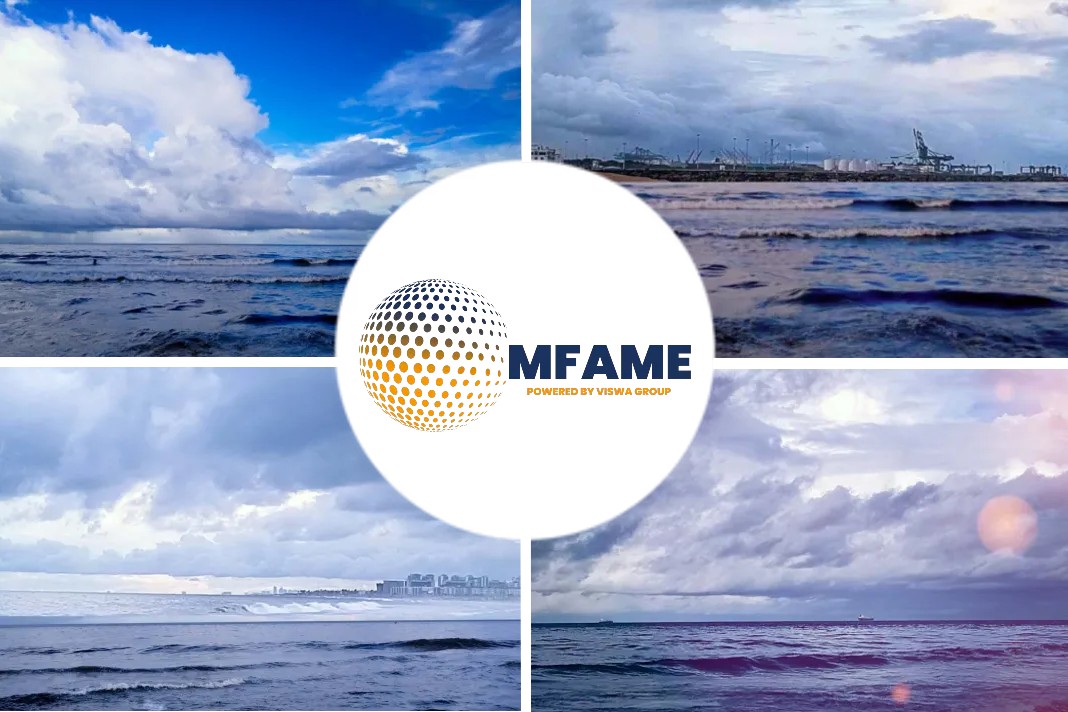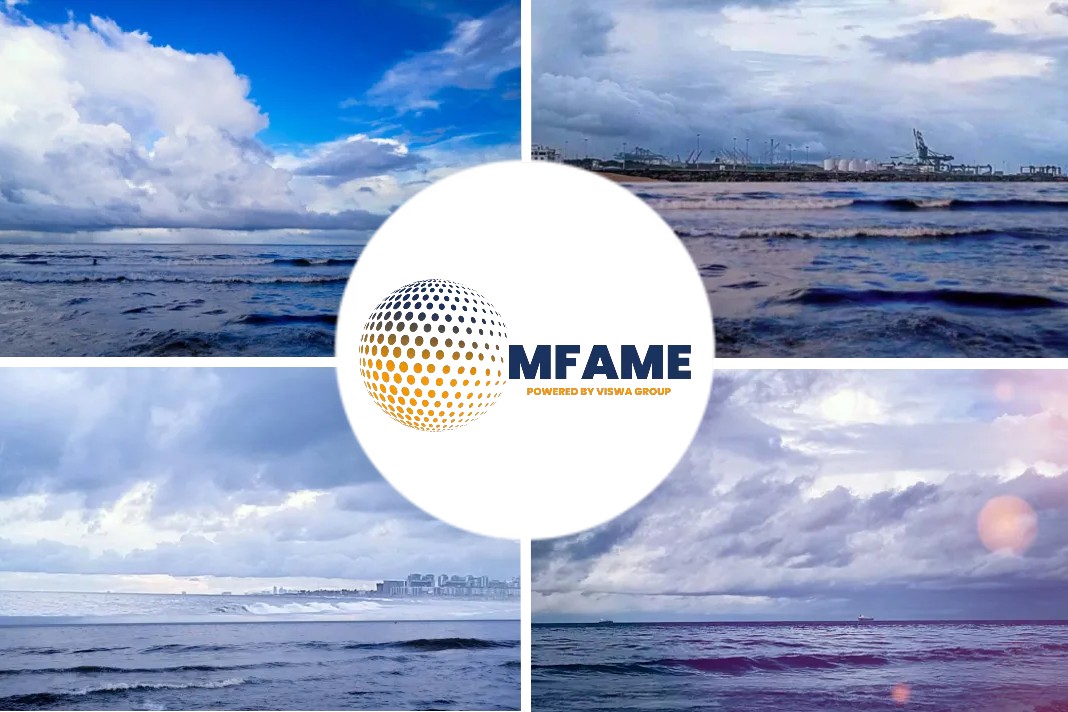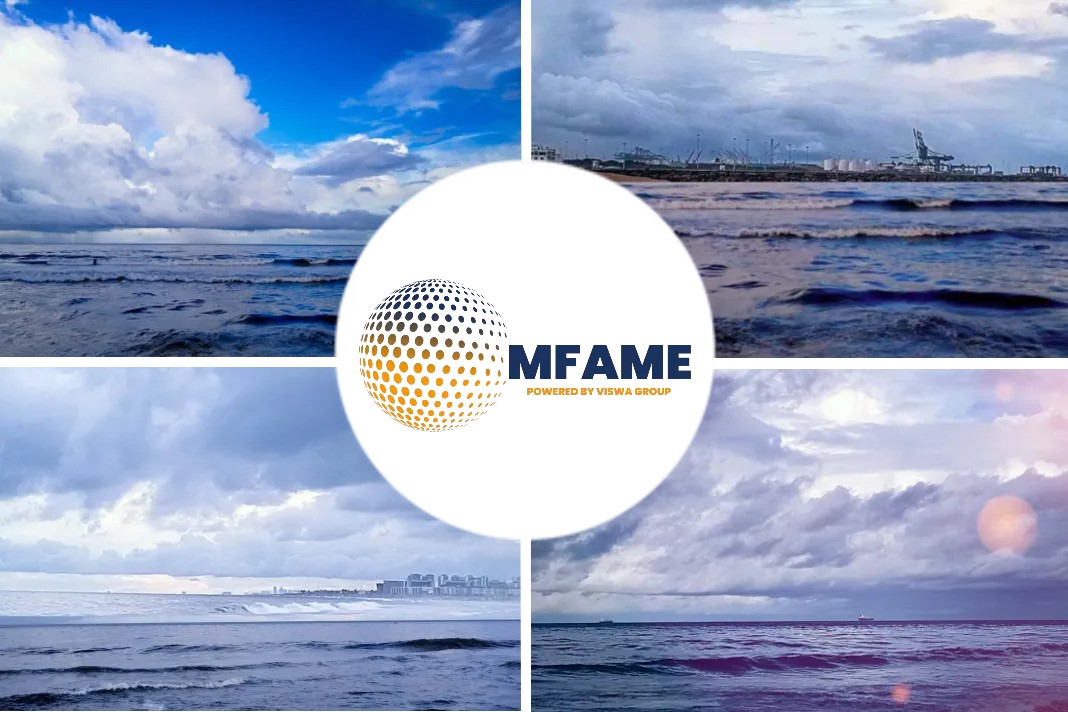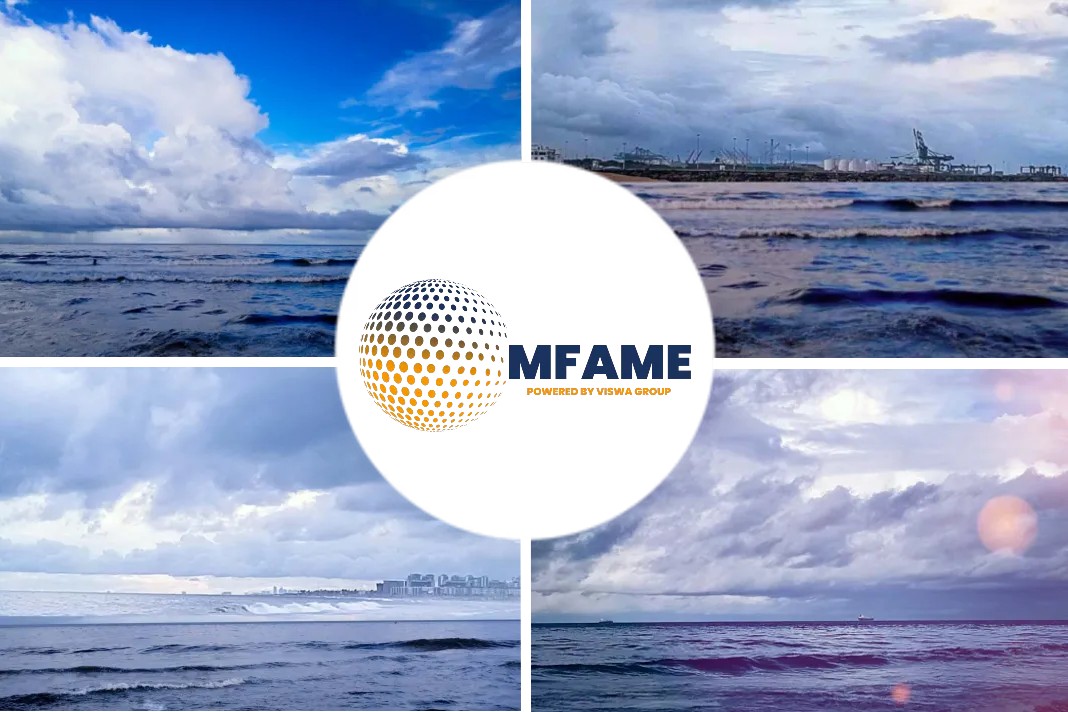- Platts index data shows that the rate decline clearly predates the coronavirus.
- Base spot rates have actually bounced up off the bottom during the outbreak.
- Too early to predict when Capesizes will recover.
- As HFO was cheaper, scrubber ships earn more on a net basis, depending on the VLSFO-HFO spread.
According to S&P Global Platts, the index data shows that the rate decline clearly predates the coronavirus, reports YahooFinance.
Did coronavirus have a negative effect on rates?
Coronavirus is a major topic on the quarterly calls of public dry bulk shipping companies and executives maintain that it’s having a negative effect on rates.
Still, the index data provided by S&P Global Platts shows that the rate decline clearly predates the coronavirus.
Base spot rates have actually bounced up off the bottom during the outbreak.
Coronavirus dry bulk fears overblown?
Seasonal weakness
During the quarterly call of Genco Shipping & Trading (NYSE: GNK), CEO John Wobensmith said, in addition to seasonal weakness, the outbreak of the novel coronavirus further impacted industrial activity, commodity demand and freight rates.
He said it is still early to tell when Capesizes will start to move up in a significant way.
“Our belief is that when the coronavirus is contained and things are stabilized, the Chinese government will do a large stimulus package, and Capes will certainly benefit.”
Platts Global Capesize Index
If there is a negative effect from coronavirus on rates, it isn’t showing up yet in the index data a potentially ominous sign, given that data from CargoMetrics implies a sharp decline in China’s bulk import appetite.
The dual indices
In addition to the 5TC Index produced by the Baltic Exchange, Capesize rates are tracked by S&P Global Platts through its CapeT4 Index. Platts provides dual indices in light of the IMO 2020 regulation, which requires all ships without exhaust-gas scrubbers to burn more expensive 0.5% sulfur fuel called very low sulfur fuel oil (VLSFO).
Non-scrubber ships
The dual indices assess the rates of non-scrubber ships burning VLSFO and scrubber ships burning 3.5% sulfur heavy fuel oil (HFO).
Because HFO is cheaper, scrubber ships earn more on a net basis, depending on the VLSFO-HFO spread.
- The Platts CapeT4 assessed Capesize rates at $4,292 per day for non-scrubber ships burning VLSFO.
- The index has been hovering around this level since the beginning of the year, well before China implemented virus containment measures; rates fell in December, not January.
- The index is down 13% from Jan. 2, but it’s up 72% from a nadir of $2,497 per day on Feb. 13, showing, it has risen during the very time virus fears have heightened.
Scrubber ships
- For scrubber ships, rates have declined 44% year to date, but not because of coronavirus.
- It’s because the daily savings from burning HFO have decreased 57% over this period.
- The rate calculated on a time-charter-equivalent (TCE) basis is not lower because the base rate (in dollars per ton of cargo) is lower.
- The owners of scrubber ships are not saving as much on fuel as they did at the beginning of the year.
Platts Australia-China index
- The Platts CapeT4 index is heavily driven by the Australia-China trade (which accounts for 46% of the index weighting) and the Brazil-China trade (45% weighting).
- Excess ship capacity has pressured Australia-China rates as so many Capesizes reposition to the Pacific Basin for scrubber retrofits.
- The Platts Australia-China index has suffered the most extreme lows — it actually went negative for non-scrubber ships in early January.
- Rates were assessed at $4,176 per day for non-scrubber Capes burning VLSFO.
- This is relatively close to where the index started the year; down 6% from Jan. 2. According to Platts, the non-scrubber index for Australia-China has more than doubled since Jan. 22, i.e., during the outbreak containment period in China.
- Rates for scrubber ships burning HFO have fallen 38% since the start of the year, not due to coronavirus, but rather, due to a 54% drop in the daily savings from the fuel spread.
Platts Brazil-China index
The Brazil-China export route has been heavily impaired by severe flooding and ongoing production issues of miner Vale (NYSE: VALE) due to constraints following the tragic tailings-dam accident a year ago.
- Brazil-China Cape rates were outperforming Australia-China rates earlier in the quarter, but they’re now roughly in line.
- Non-scrubber Capes sailing from Brazil to China were earning $4,392 per day, according to Platts.
- Non-scrubber earnings have been relatively flat year to date, down 7% from Jan. 2, but they are now double the quarter low of $1,971 per day on Feb. 12.
- TCE rates assessed for scrubber Capes are down 45% year to date, driven by a 58% decline in savings from burning HFO as opposed to more expensive VLSFO.
Genco Quarterly Results
Genco is a perfect example of a company benefiting from the HFO-VLSFO spread. It now has scrubbers installed on all 17 of its Capesizes.
- The New York-headquartered company reported net income of $882,000 for the fourth quarter of 2019 versus net income of $18.3 million in the fourth quarter of 2018.
- Adjusted earnings per share for the most recent period of 7 cents came in below the consensus forecast for 9 cents.
- For the first quarter of 2020, Genco has 78% of its available days for its Capesizes booked at $17,080 per day, well above index levels.
Wobensmith attributed the outperformance to three factors.
“First, we clearly weren’t predicting coronavirus but we were predicting a seasonally slow first quarter, so we did forward bookings.”
“Second, we bought quite a bit of fuel [HFO] at the end of December, when prices were lower.”
“Third, the spread was beneficial [the spread between HFO and VLSFO earlier in the first quarter].”
He conceded that the spread has now come down.
- The spread is $155-$160 [per ton], so that has certainly weakened.
- But again, this is a seasonally slow period and there’s also a slowdown from the coronavirus.
“Once all that’s in our rearview mirror, I expect more demand for VLSFO and for the spreads to push back towards $200. And if the price of oil moves up, the spread will move up as well.”
Did you subscribe to our daily newsletter?
It’s Free! Click here to Subscribe!
Source: YahooFinance


























